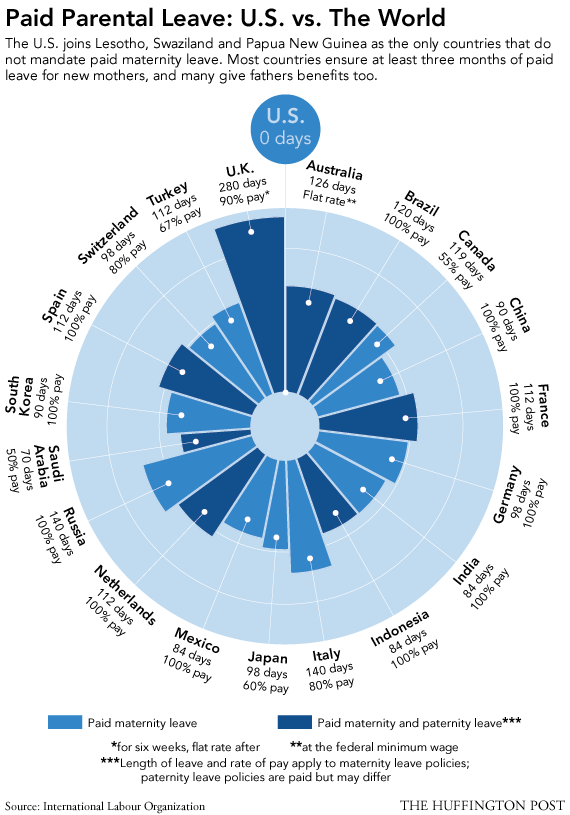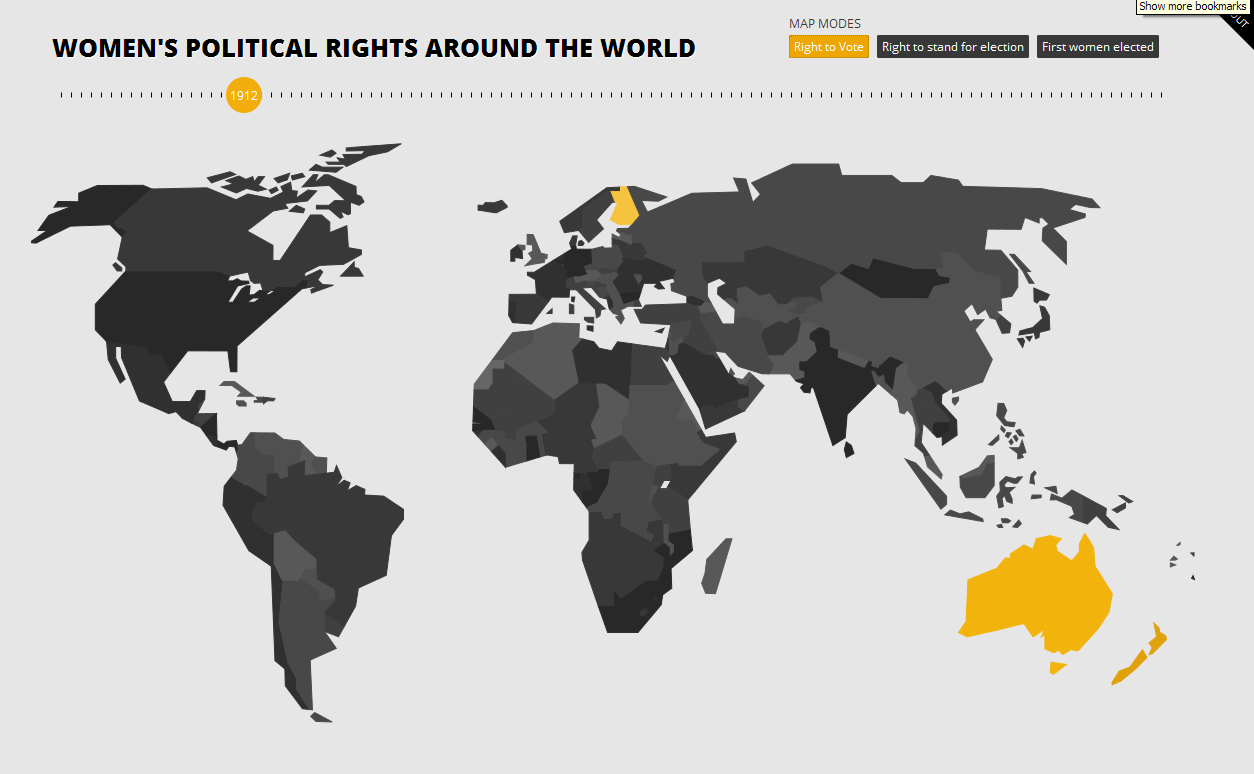 Back in 1912, the only countries where women had the right to vote were: New Zealand, which had granted voting rights to women as early as 1893; Australia, which had granted women the right to vote in 1902; and Finland, which had granted voting rights to women in 1906.
Back in 1912, the only countries where women had the right to vote were: New Zealand, which had granted voting rights to women as early as 1893; Australia, which had granted women the right to vote in 1902; and Finland, which had granted voting rights to women in 1906.
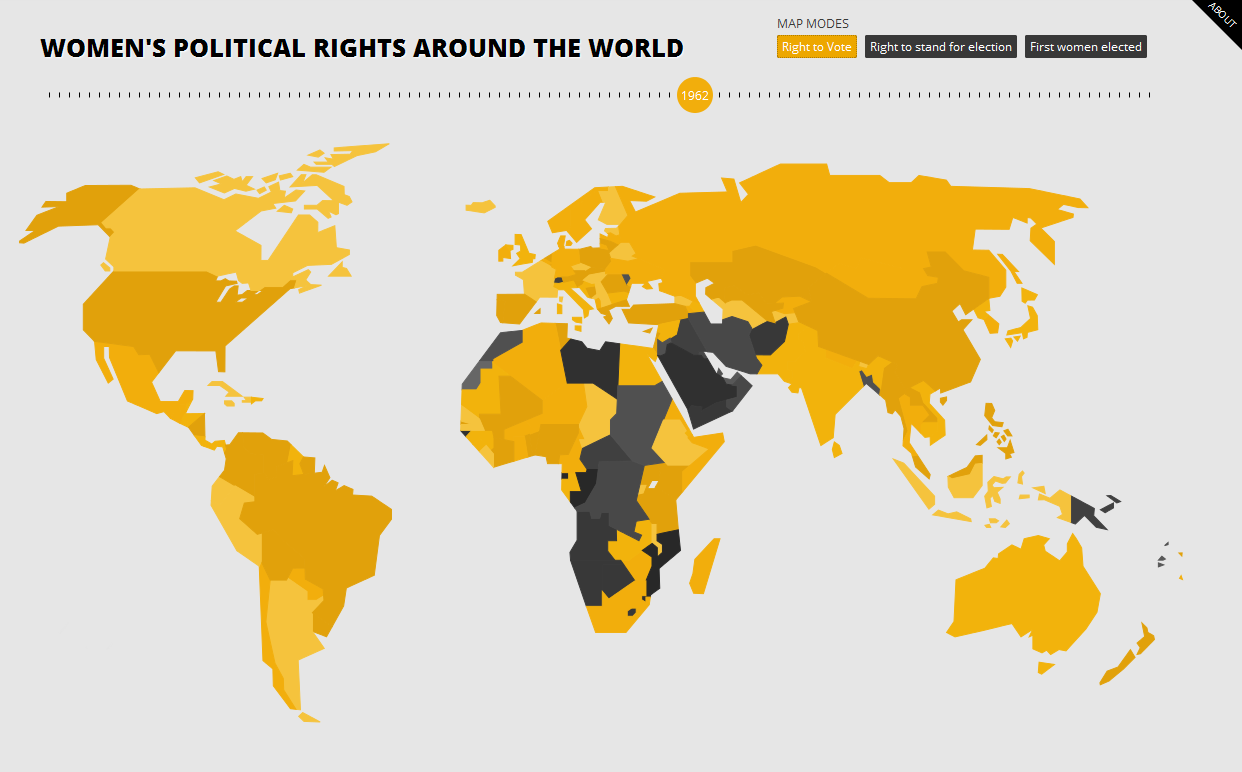 Fifty years later, in 1962, most nations in the world had granted women the right to vote. However, there were still many countries where women could not vote. Such countries included African nations like Morocco, Libya, Sudan, Congo, Angola, Botswana, Namibia, Mozambique, and Lesotho; countries in the Middle East like Jordan, Iraq, Saudi Arabia, Yemen, Syria, Oman, Iran, Afghanistan, and Bangladesh; Papua New Guinea, the only country is Asia. The nation that comes as a surprise in Switzerland, where women were granted voting rights as recently as 1971.
Fifty years later, in 1962, most nations in the world had granted women the right to vote. However, there were still many countries where women could not vote. Such countries included African nations like Morocco, Libya, Sudan, Congo, Angola, Botswana, Namibia, Mozambique, and Lesotho; countries in the Middle East like Jordan, Iraq, Saudi Arabia, Yemen, Syria, Oman, Iran, Afghanistan, and Bangladesh; Papua New Guinea, the only country is Asia. The nation that comes as a surprise in Switzerland, where women were granted voting rights as recently as 1971.
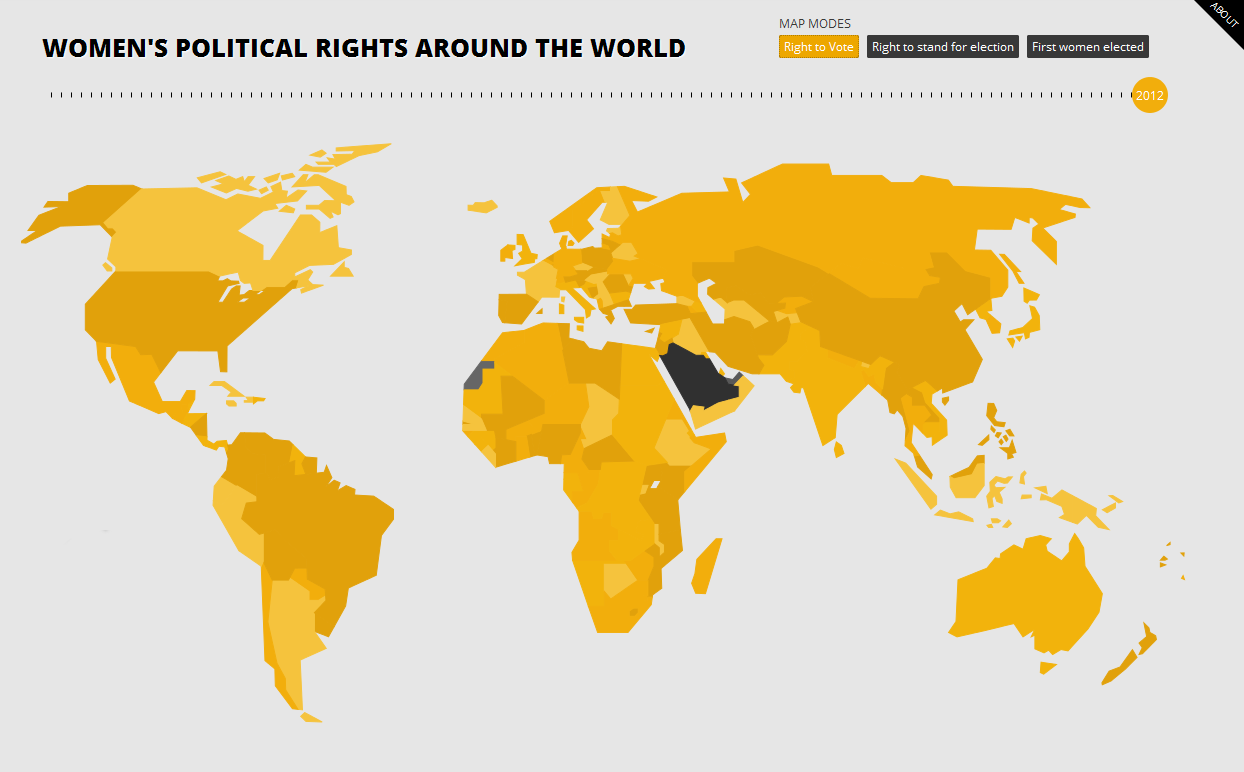 As of 2012, women have the right to vote anywhere in the world, except in Saudi Arabia.
As of 2012, women have the right to vote anywhere in the world, except in Saudi Arabia.
For interactive maps on women voting rights, the right of women to stand for election, and first women elected to office worldwide, please visit: 777 Voting: Women’s Political Rights Around the World
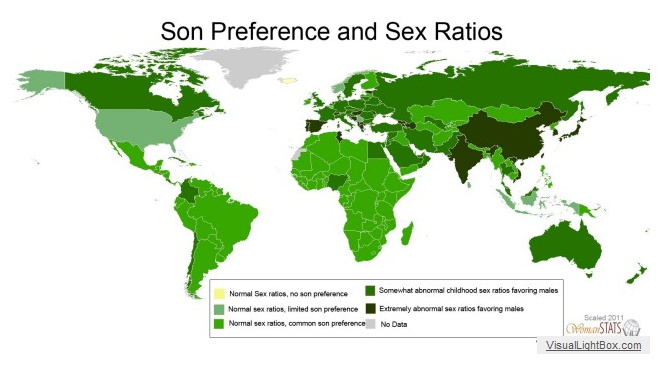 In this day and age, it is still surprising that in most parts of the world, there is still a preference for sons over daughters. It is even more surprising when you are talking about developed nations such as Spain, Portugal, Switzerland, Canada, Australia, New Zealand, Japan, and South Korea.
In this day and age, it is still surprising that in most parts of the world, there is still a preference for sons over daughters. It is even more surprising when you are talking about developed nations such as Spain, Portugal, Switzerland, Canada, Australia, New Zealand, Japan, and South Korea.



